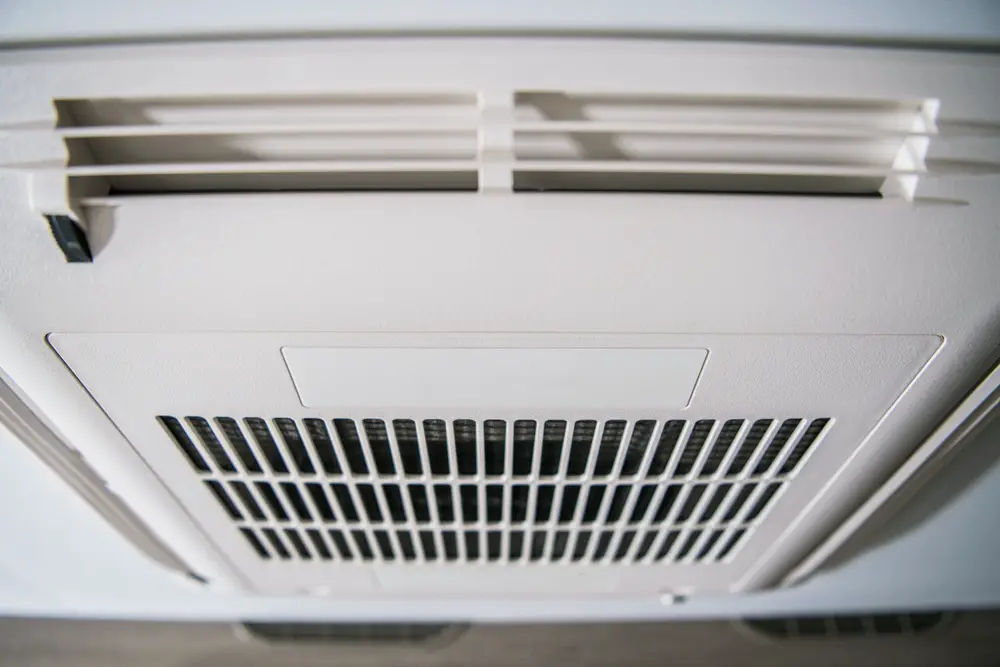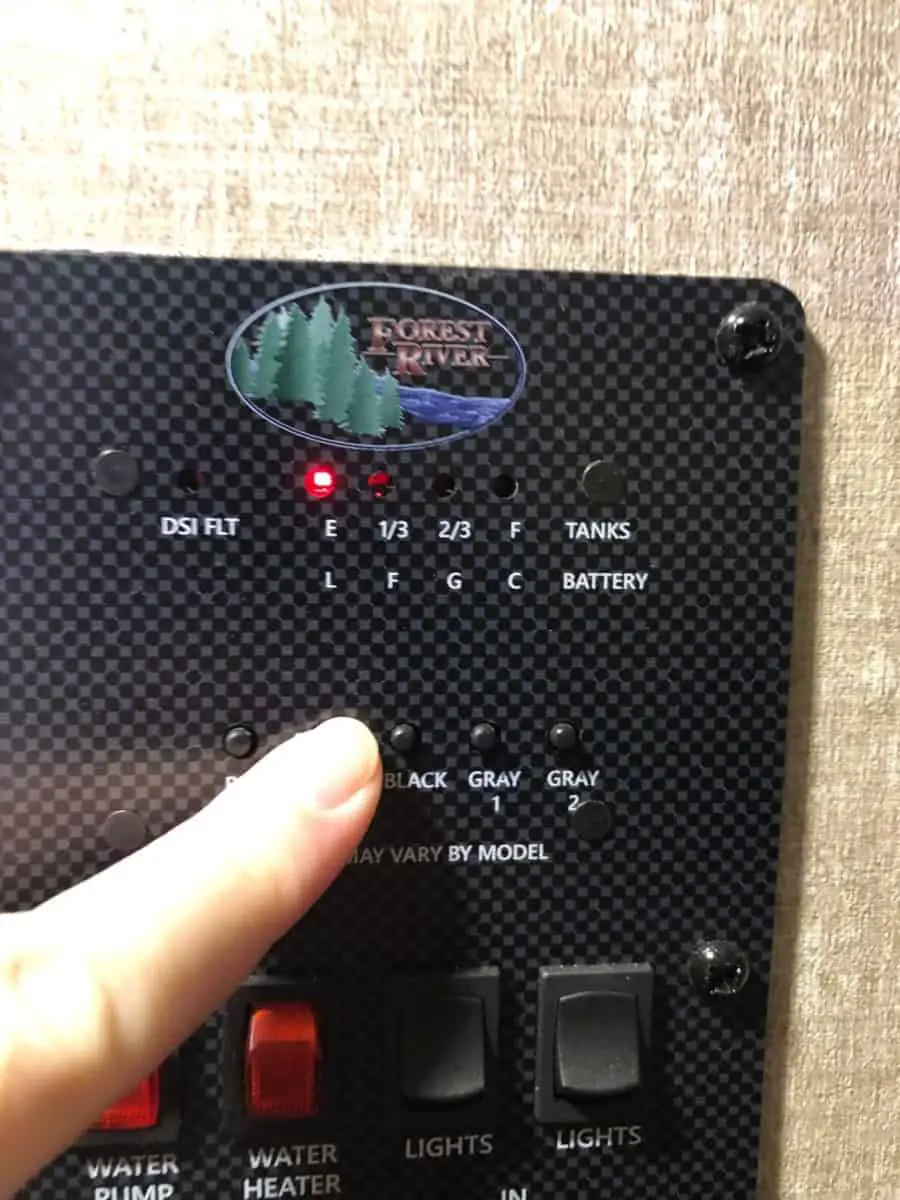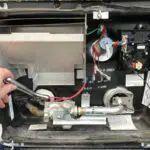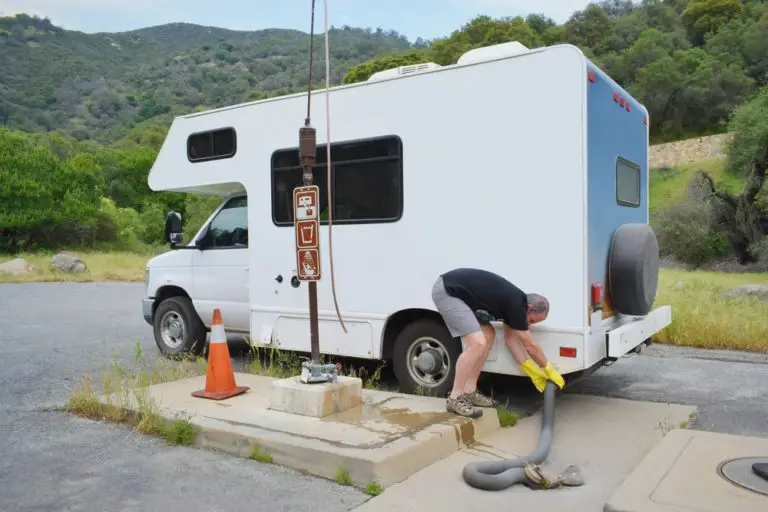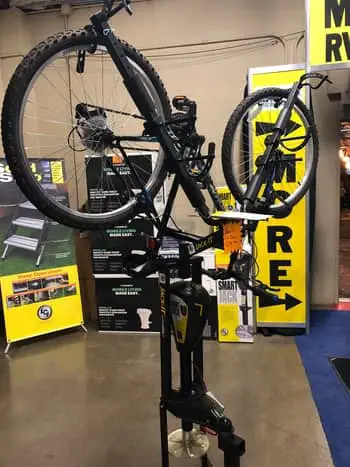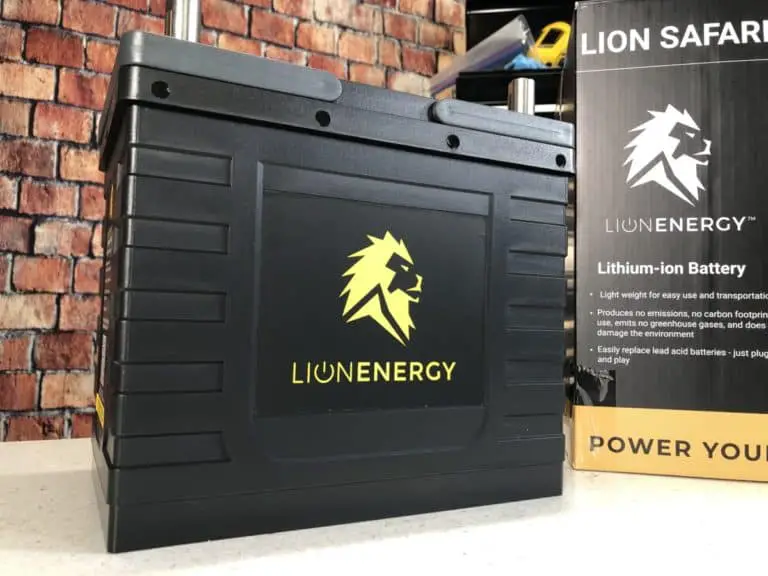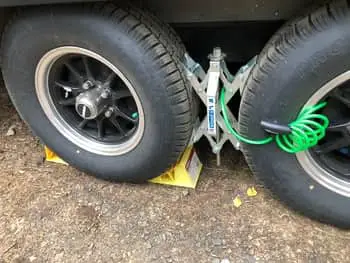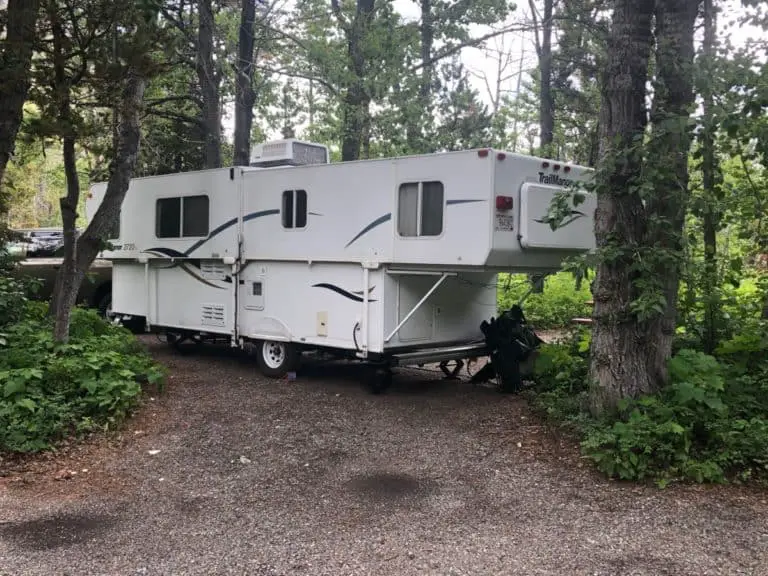How to Run the AC while Boondocking
Boondocking is the ultimate self-sufficient camping experience. With nearly non-existent amenities when boondocking, running luxury items such as an AC unit when you have no main power can make keeping cool a challenge. How can you run an AC while boondocking?
The only way to run an AC effectively and efficiently while boondocking is with a portable generator. Electrical units that reduce the AC startup power requirements allow the use of a smaller, quieter, more fuel-efficient portable generator. Solar power is not an efficient means to run the AC.
Camping in out-of-the-way places where not many other people are around is an exhilarating experience. Looking out over the expanse of the wilderness while you enjoy your morning coffee and not being able to see another human being holds a particular attraction. Once the sun gets higher in the sky and your RV starts to heat up, you may wonder if running your AC to ease the heat is possible!
Can You Run An Air Conditioner While Boondocking?
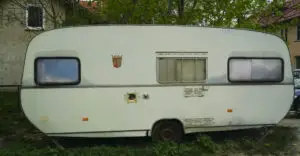
Older RVs and campers fitted with older technology air conditioners are considered dinosaurs of the camping world. These older vehicles are not as well insulated as modern camping vehicles, and the AC units are not very efficient and are very power-hungry.
If you are the proud owner of an older RV or camper, running the AC while boondocking may not be possible at all. Older AC units draw a massive spike of power when the compressor first kicks in, which often only direct mains power can handle.
This huge power draw from old AC units makes it impractical to run them from a generator. The generator would be too large to be practical as a portable power source for boondocking.
AC Needs Power Irrespective Of Location
Air conditioner units of any kind need a source of significant power to run, especially for the startup power overheads for the unit.
Modern RVs and campers have some benefits over older models. The new models are better insulated, which prevents the RV from heating up as quickly as older models.
Modern AC units installed in new RVs and campers are much more efficient at cooling the vehicle and require less electricity to power these units. Advances in technology have also provided specialized electronics that further decrease the startup electricity demands of RV air conditioner units.
A generator is needed to run an air conditioner on a RV when boondocking. Many a/c units require extra watts to start the load.
Aftermarket products such as the SoftStartRV SSRV3T by NetworkRV reduce the startup demands of these camping AC units to the point that they can be powered by a small 2000-Watt generator.
A 2000-Watt or 3000-Watt generator is small, compact, and runs quietly compared to larger generators. What is the point of going to the wilderness to enjoy the quiet, only to have the serenity disturbed by a thumping generator?
Many of these smaller generators are called portable inverter generators to power the load, and the gasoline motor is used to charge the batteries. This requires a smaller motor resulting in a much quieter generator.
These smaller generators are very fuel-efficient and sip gas gently compared to larger gas-guzzling generators. Their compact size and fuel efficiency make them perfect for running the AC on your modern RV or camper. We recommend this generator, which is smaller in size as well as quiet.
If you arent in the market to purchase and install a soft start for your air conditioner on your RV, another great option is this generator. It has a higher wattage to power the load but will use more gasoline than its smaller counterpart.
Can You Run Your AC On Solar Power While Boondocking?
Solar energy is clean power and completely noise-free, so many RV owners consider using this power source to power their AC.
Whether solar panels can be used to power your A/C unit or not will depend on the capacity of the solar solution you have. However, even if you have a high-capacity system, it is not recommended as a long-term method for running your air conditioning unit. In addition to a large solar array of 1,000+ watts, you will need several lithium batteries and a large 3,000+ watt inverter to run the load. Cost-wise, it is very expensive to do this.
Running the AC is simply an inefficient use of your solar energy, and you will most likely find that if you run the AC on your solar system, you will be able to run very little else off the system. The AC unit will dominate the power and will deplete the batteries very quickly.
Solar power is an effective method of powering everything else in your RV except the AC! The AC requires a stronger power source, with a portable inverter generator being the best solution.
Do You Really Need To Run The AC While Boondocking?
Is it really necessary to run your AC while boondocking? There are ways to cool your RV down while boondocking to limit the need to resort to the AC unit.
These steps will limit the heat your RV absorbs, keeping the interior cooler and reducing the need to run the AC.
- RV parking orientation. The walls of the RV are insulated, which helps to keep the interior of the vehicle cool. The main way the heat gets into the RV is when the windows are exposed to direct sunshine. You can park your RV facing east or west, which will limit the amount of time the sun shines directly on the side windows. The bonus is you will be able to enjoy spectacular sunsets or sunrises while sitting outside your RV!
- Use an awning to shade the windows. An awning is an effective way to keep the sun off the windows and provide some shade outside the RV.
- Insulate the windows. Reflective tinting or film can be put on the windows to reflect the sun’s heat away from the vehicle.
- Park in the shade. Shady spots can be significantly cooler than the general air temperature and will help to keep your RV cool.
- Don’t park on asphalt, concrete, or hard-baked ground. These surfaces will reflect heat from the sun up into your RV, increasing the temperature inside the RV.
- Open the RV windows. Parking in the shade and opening the windows and doors of the RV will help to get airflow through the vehicle, reducing the inside temperature.
- Install more efficient fans. Most RVs and campers have standard extractor fans installed, which are not very efficient at removing warm air from the vehicle’s interior. Installing more efficient fans will draw the hot air out the top of the vehicle and draw cooler air from the windows and doors. Our favorite pick is this model. We have tested the best models and this one came out ahead.
- Camp near water. Lakes and dams provide cooler ambient temperatures around their perimeter. Finding a shady spot close to a large body of water will go a long way to keeping your RV cool.
- Choose your boondocking location. Higher altitude locations or areas on the Pacific coast of the US have generally cooler temperatures than locations in the south and in the desert regions. Selecting a cooler location and the right time of year will allow you to experience the wilderness without the need for running your AC.
Conclusion
Boondocking or dispersed camping is becoming a popular method of camping because of its wild, remote, unspoiled beauty of the wilderness and limited human interaction.
Camping with limited amenities means you may have to make alternative plans to run your AC or find a way to do without this appliance.
The only efficient way to power your AC is with a generator. Finding ways to use a small, relatively silent inverter generator is the best option to limit noise pollution in the quiet outdoors!
Be the first to be notified about FREE tips, hints, coupon codes, and email-exclusive information. All for FREE!

